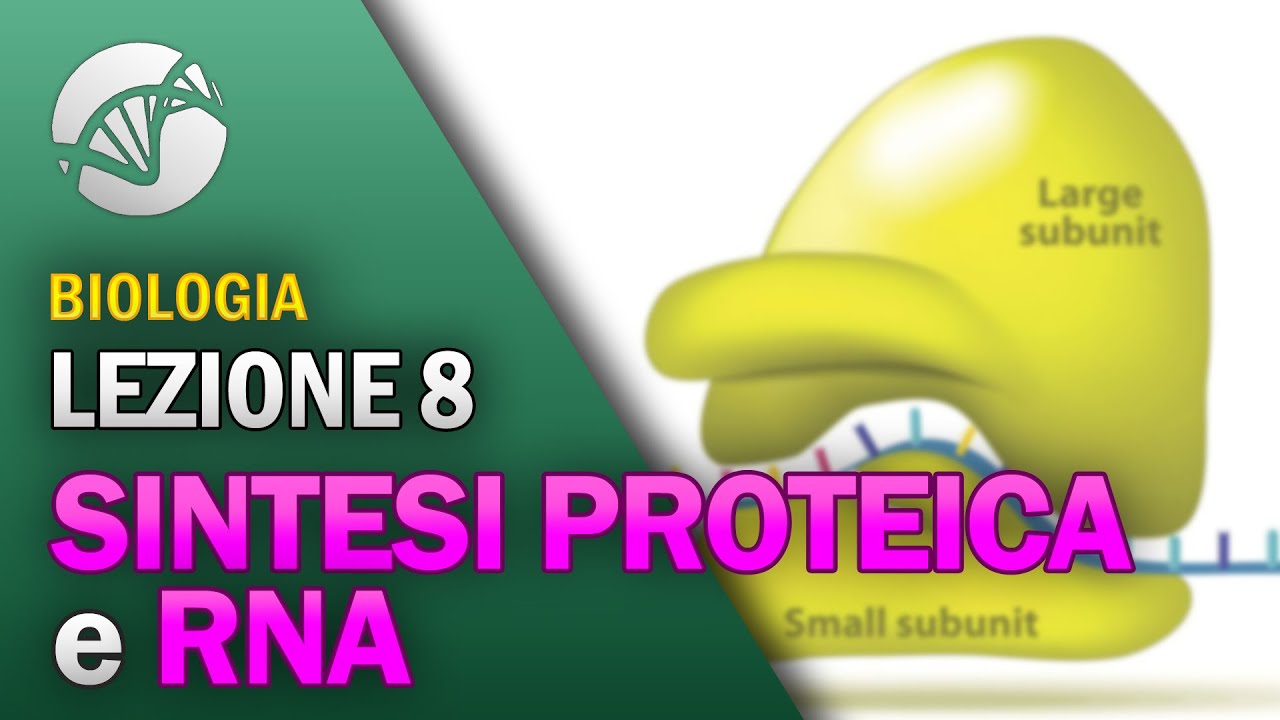Transcripción en procariotas y eucariotas V22
Summary
TLDRThis educational video script explores the process of transcription, detailing how DNA is copied into RNA. It contrasts transcription in prokaryotes, which occurs in the cytoplasm, with eukaryotes, where it happens in the nucleus. The script explains the roles of RNA polymerase enzymes, the initiation at promoter regions, and the addition of a protective cap and poly-A tail in eukaryotes. It also covers the differences in termination signals and the maturation process, including splicing out introns and the alternative splicing that allows for protein diversity. The script provides a comprehensive look at the journey from DNA to functional RNA molecules.
Takeaways
- 🧬 The transcription process involves copying DNA into RNA, which occurs in the nucleus of eukaryotes and in the cytoplasm of prokaryotes.
- 🌐 A key difference between eukaryotic and prokaryotic transcription is the location: nucleus vs. cytoplasm.
- 🔬 Only one of the two DNA strands, known as the template strand, is copied during transcription.
- 🧪 RNA polymerase enzymes are involved in transcription, with a single type in prokaryotes and three types in eukaryotes.
- 📝 Transcription is divided into stages: initiation, elongation, and termination, with a possible maturation phase in eukaryotes.
- 🔑 The promoter region in DNA is crucial for the start of transcription, recognized differently by RNA polymerase in prokaryotes and eukaryotes.
- 📖 During initiation, RNA polymerase opens a transcription bubble and begins copying the DNA template into RNA.
- 🧵 Elongation involves the RNA polymerase moving along the DNA template, synthesizing the RNA strand by adding ribonucleotides complementary to the DNA.
- 🔚 Termination occurs when RNA polymerase reaches termination sequences, releasing the complete RNA transcript from the DNA.
- 🧵 In eukaryotes, the newly transcribed RNA undergoes maturation, including the addition of a protective cap and a poly-A tail, and intron removal through splicing.
Q & A
What is transcription in the context of DNA to protein synthesis?
-Transcription is the process by which information from DNA is copied into RNA, serving as a template for protein synthesis.
Where does transcription occur in eukaryotic cells?
-In eukaryotic cells, transcription occurs in the nucleus.
What is the difference between transcription in prokaryotes and eukaryotes?
-In prokaryotes, transcription occurs in the cytoplasm, whereas in eukaryotes, it takes place in the nucleus. Additionally, prokaryotes use a single RNA polymerase for all genes, while eukaryotes have three types of RNA polymerases.
What is the role of the template strand in transcription?
-The template strand is the DNA strand that is copied into RNA during transcription.
What are the enzymes involved in transcription?
-The enzymes involved in transcription are RNA polymerases.
What is the role of the promoter region in transcription?
-The promoter region is a specific DNA sequence where RNA polymerase binds to initiate transcription.
How does the RNA polymerase recognize the start site for transcription?
-In prokaryotes, RNA polymerase recognizes the promoter region directly, while in eukaryotes, it requires transcription factors to identify the start site.
What is the function of the 5' cap in eukaryotic mRNA?
-The 5' cap in eukaryotic mRNA serves as a protective structure and is a signal for initiation during translation.
What is the significance of the poly-A tail in eukaryotic mRNA?
-The poly-A tail is a sequence of adenine nucleotides that protects the mRNA molecule and aids in its stability and export from the nucleus.
What is the role of splicing in eukaryotic gene expression?
-Splicing is the process where introns are removed and exons are joined together to form mature mRNA that can be used for protein synthesis.
How does alternative splicing contribute to protein diversity?
-Alternative splicing allows for the reorganization of exons, which can change the order or lead to different combinations, resulting in the production of different proteins from the same gene.
Outlines

Этот раздел доступен только подписчикам платных тарифов. Пожалуйста, перейдите на платный тариф для доступа.
Перейти на платный тарифMindmap

Этот раздел доступен только подписчикам платных тарифов. Пожалуйста, перейдите на платный тариф для доступа.
Перейти на платный тарифKeywords

Этот раздел доступен только подписчикам платных тарифов. Пожалуйста, перейдите на платный тариф для доступа.
Перейти на платный тарифHighlights

Этот раздел доступен только подписчикам платных тарифов. Пожалуйста, перейдите на платный тариф для доступа.
Перейти на платный тарифTranscripts

Этот раздел доступен только подписчикам платных тарифов. Пожалуйста, перейдите на платный тариф для доступа.
Перейти на платный тарифПосмотреть больше похожих видео
5.0 / 5 (0 votes)






